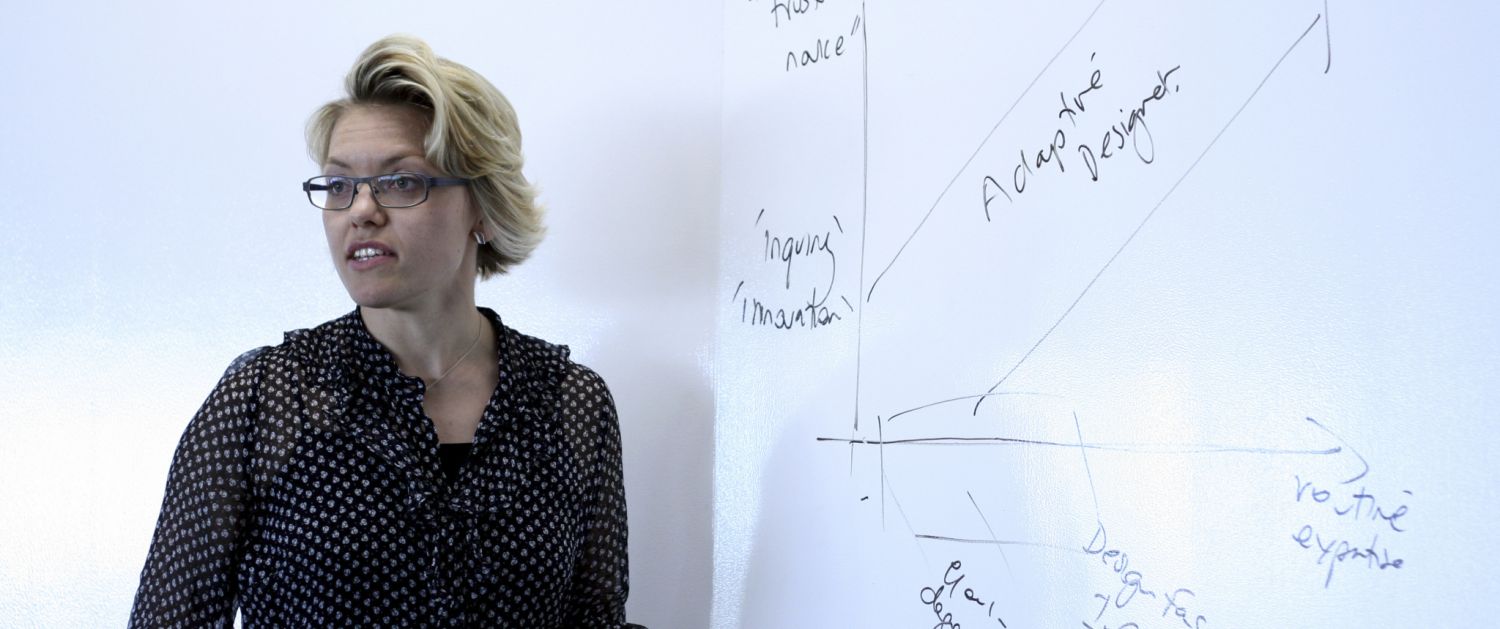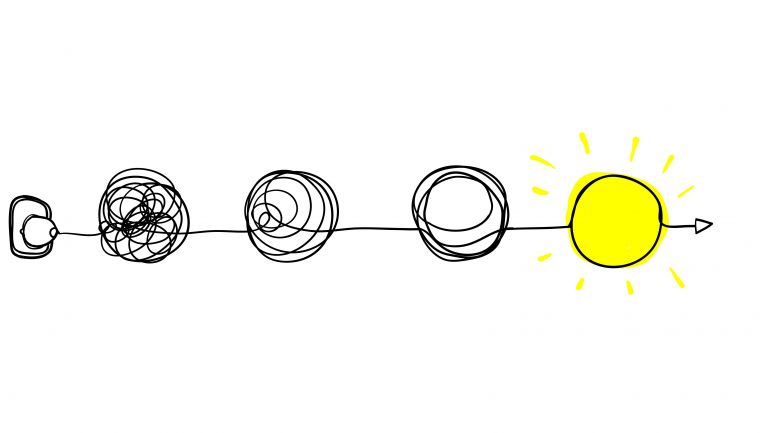Sign up for our monthly newsletter

Everybody in government is doing engagement. Here's how we can do it better
Across all levels of government there is one process baked into the processes of policy and service design that is more or less inescapable.
Public engagement.
Throughout the public (and private) sector there has long been a realisation that making change to complex systems without involving or at least consulting those who will be affected is not a great recipe for successful implementation.
But for all the awareness around the need to “engage” citizens there has been surprisingly little progress made in the methods for effectively doing so.
Not attempting to engage with users around a policy, program or service is now understood to be a fatal flaw.
But engaging with them through a botched, poorly conceived or inadequate process can be just as damaging. And I see it happening every day.
I recently spoke at a recent Institute of Public Administration Australia (IPAA) event: Citizen at the Centre. I was asked to reflect on the future of citizen engagement and came up with these four major shifts that are needed to redefine the way government agencies engage with citizens.
1. It’s more than citizen engagement – its system-wide engagement.
At the start of every policy and/or service delivery challenge we map the system of actors who are immediately at the centre of the topic, those who are related, and those more distantly involved. I studied Actor Network Theory as part of my PhD research and it was a powerful lens to explore the boundaries of who the implicated actors are in any design challenge.
We seek to understand the system of actors because then we can activate the right voices to inform policy and service design and delivery.
2. We need to shift from engaging to designing.
The way engagement is conventionally done tends to tire people out, and there is often no discernible difference between one engagement and the next. The practice of designing means that we take a very deliberate process into every engagement: Explore, Innovate, Evaluate. This is our framework.
Within that framework we activate a deep empathy with lived experience, then apply deep strategic thinking to think differently about the system. We follow this with methods that guarantee genuine testing and validation of ideas and concepts. We design because we want to move from great ideas to action that is testable with people. We aim for an output that is reasoned, evidenced and proven before implementation begins.
3. We need to understand the principles of designing.
Engagement seen through the lens of design brings with it a set of principles that are essential to master.
These include: Dignity, inclusiveness, openness and genuineness. Another important cornerstone for the designer is optimism: An outcome that creates shared value for all is obtainable. It is not easy to arrive at. But we will get there. Together.
Designers also need to be expert at listening and reflecting, taking an outcome-focused approach, and carrying a bias to act and learn. They must take care to start small and then scale up as results and evidence enable. They should be mindful not to see problems in isolation, working to build capacity across the system.
In practice this means the people who prepare, facilitate and make sense of engagement outputs need to demonstrate deep care and intensive commitment to these principles. It is a point of pride at ThinkPlace that we are driven by the principles of designing. We aim not just to engage with people put for those engagements to create authentic, lasting value for all.
We make sure to model these behaviours every time we engage because when we do so, we will leave a footprint in the wider system -- and this is a powerful legacy that contributes to a better society. We apply design principles because this means engagement is productive and creates better solutions for our communities.
4. Too often workshops don’t work.
Current and conventional methods of engagement need to be challenged. Deploying a design-led approach is a start – but it’s not enough unless we really deeply challenge the answers we give to the question “How can we understand that person’s perspective in the policy or service challenge?”.
As the Chief Methodologist at ThinkPlace I often ask the question: “What if we could not talk to our citizens – what methods could we use then?”
Or: “What if every person we engaged was a person who could not understand English – how would we engage with them?”
We need new methods and new thinking, nowhere more so than when it comes to workshops - a potentially powerful tool that is often misused and poorly managed.
Workshops can build shared understanding and create possibilities for change. They work well when master facilitators and information curators using design-led approaches are present. But not all facilitators (or all workshops) are created equal. When planning engagement we need to strike a mix of openness and boldness, constantly challenging the methods we use because this will invite new knowledge and empower citizens and the wider system to engage meaningfully.
Make engagement count, and if you don’t know how, then email me nina.terrey [at] thinkplace.com.au








